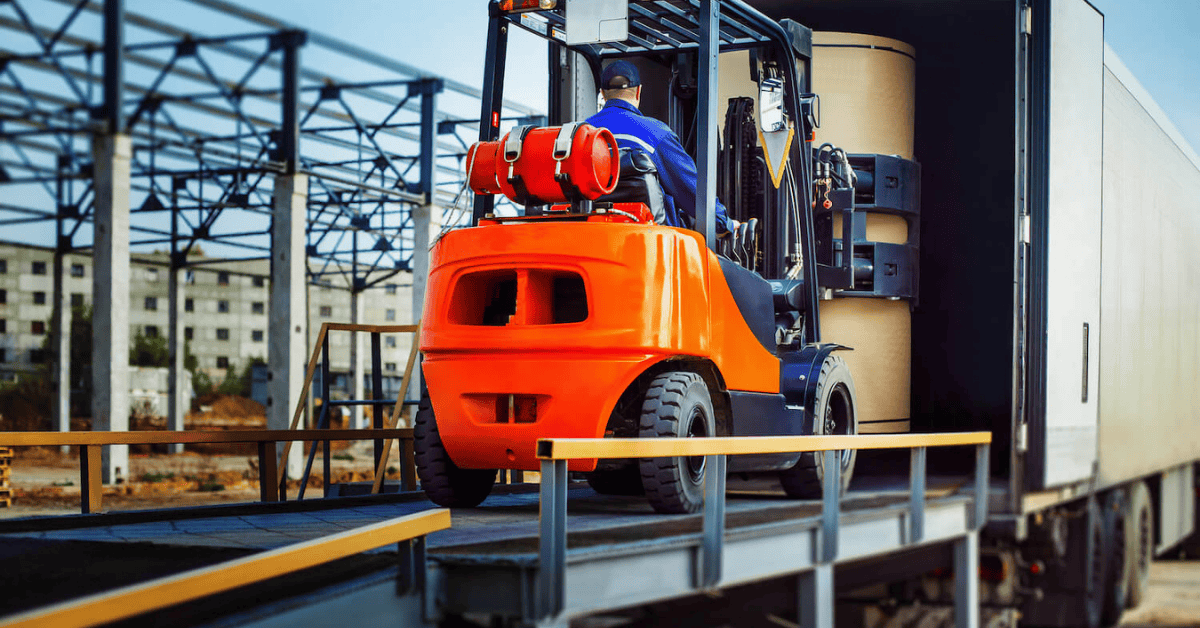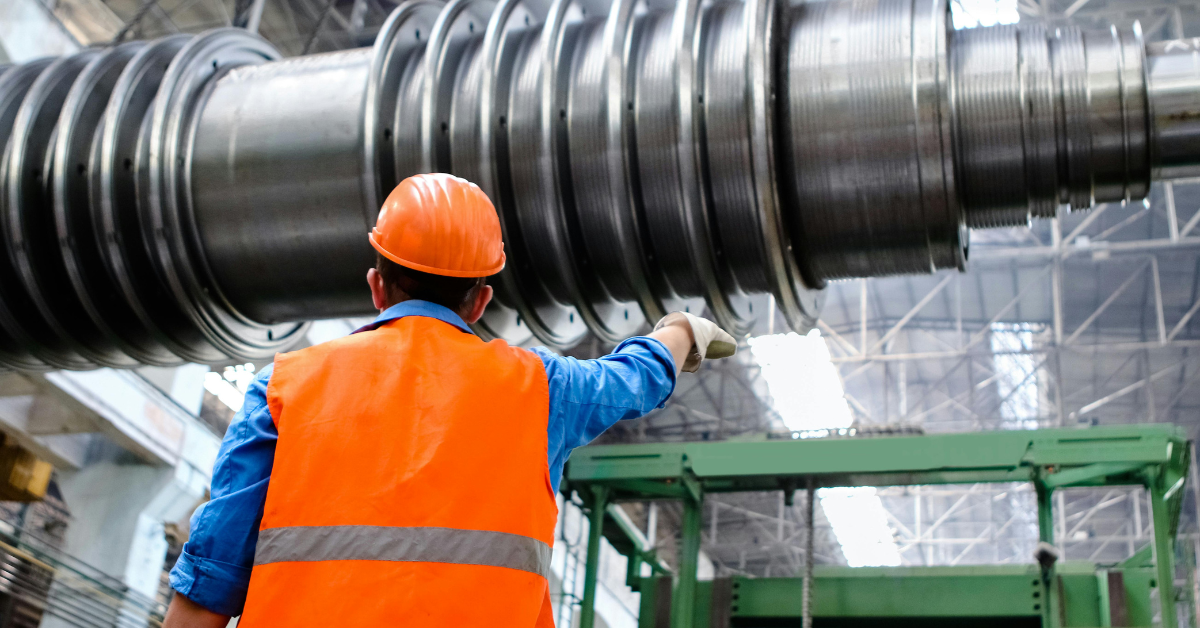7 Tips for Moving Heavy Industrial Equipment

Industrial machinery is the lifeblood of every manufacturing company. When it’s time to relocate, manufacturers must devote extra care and attention to moving their equipment.
Industrial equipment is often heavy and bulky, making it difficult to move any pieces without a third-party partner. A successful move can result in improved efficiency and reduced downtime for a company, but any missteps can damage people, facilities, budgets and businesses.
Follow these seven steps to move your industrial equipment safely and effectively.
1. Check the fine print of your owner’s manual.
Before moving any equipment, check for instructions from the manufacturer. Some vendors may require a member of their teams or another specialist to prep the equipment for the move. If unsure whether you can proceed, call your vendor for more detailed instructions on prepping, uninstalling and protecting the machinery for moving.
Read the owner’s manual for other best practices on moving equipment, including the safest ways to empty fluids, secure loose pieces and take apart machinery. If you are managing the move entirely in-house, make sure your team knows these instructions in and out to prevent accidents when moving.
2. Create a schedule that minimizes downtime.
Downtime can have costly effects on your business. Creating a schedule with as few disruptions as possible is critical to a seamless manufacturing move. Discuss with your movers how you can gradually transition into your new space, moving one section of your facility at a time, so production doesn’t stop.
Estimate how long it will take to move the equipment in each section and how long that machinery will be out of commission before it is set up in the new location. Create a few contingency plans to account for potential delays and last-minute obstacles.
3. Consider the workflow of your new location.
Before moving any equipment, map out the workflow of your current and future facilities. Measure each area of your facility to determine where equipment will comfortably fit, providing space around the machinery to give operators adequate space to work.
Label all equipment according to where it will go in your new facility so your movers can work more efficiently and effectively. Your movers will load the truck in a way that matches your workflow, moving items last that cannot be offline for long.
4. Perform a comprehensive risk assessment.
Conduct a risk assessment before moving industrial equipment to identify and mitigate possible hazards. Are any parts loose and at risk of falling during the moving process? Which equipment is so heavy it will require a forklift? Are there sharp points or edges that can cut a mover handling the equipment?
Minimize risks to your personnel by properly packing or securing each piece of equipment before moving. Request that anyone handling the equipment wear personal protective equipment such as gloves if needed.
5. Conduct safety training with your staff.
If your staff will be moving or dismantling any equipment, provide comprehensive safety training to minimize the risk of injury. Walk any team members involved through the proper ways to move heavy items, both manually and with the help of tools like dollies.
You can also pass off the responsibilities of uninstalling, packing and moving items to a full-service moving company with deep industry experience. In doing so, you can be confident that your workers, business and machines will stay safe.
6. Apply for oversize permits as needed.
Most states require permits to transport heavy equipment and machinery. In Georgia, the local Department of Transportation stipulates loads greater than 80,000 pounds in gross weight must have permits. Apply for permits well in advance to account for hang-ups and delays in the DOT office.
Additionally, even permitted oversize loads cannot travel through the Atlanta bypass bounded by I-285 unless making a direct pickup or delivery in that area. They also cannot be on the roads during foggy, snowy or icy weather in Georgia, so keep a close eye on the forecast as your moving day gets closer.
7. Determine what moving equipment you need.
Decide what equipment you will need to move your industrial machinery safely. Consider dollies, pallets, cranes and forklifts depending on the types and weights of your machinery. Your movers will likely own all the equipment needed for your project already, but if you have a specialty need, discuss it with them as soon as possible.
With this level of planning, moving your industrial equipment and machinery will be simple and straightforward. Consider leaving the prep work to your move coordinator to save even more time, money and stress.
With Armstrong – Atlanta, no industrial relocation is too large for us to complete with satisfaction. We have the team and experience to relocate your assets seamlessly. Start planning your move by requesting a free quote online.
